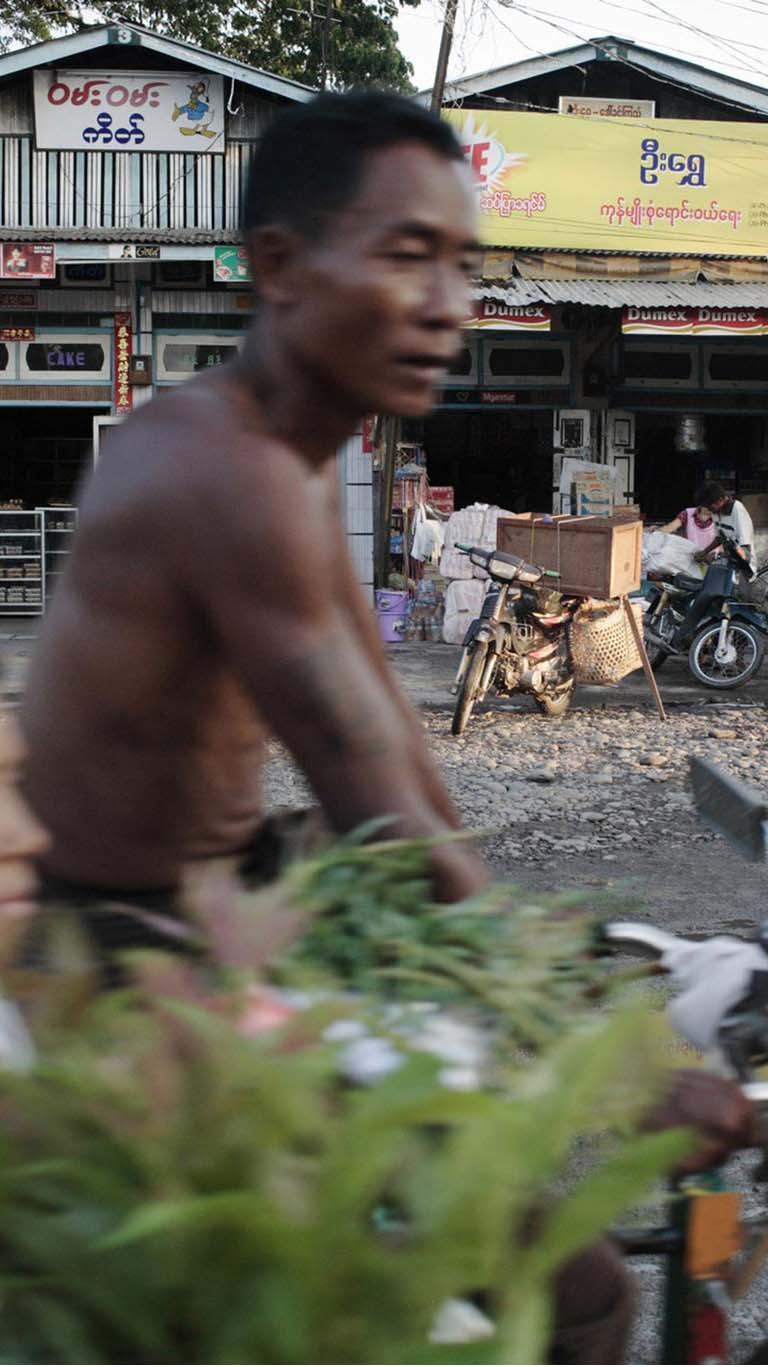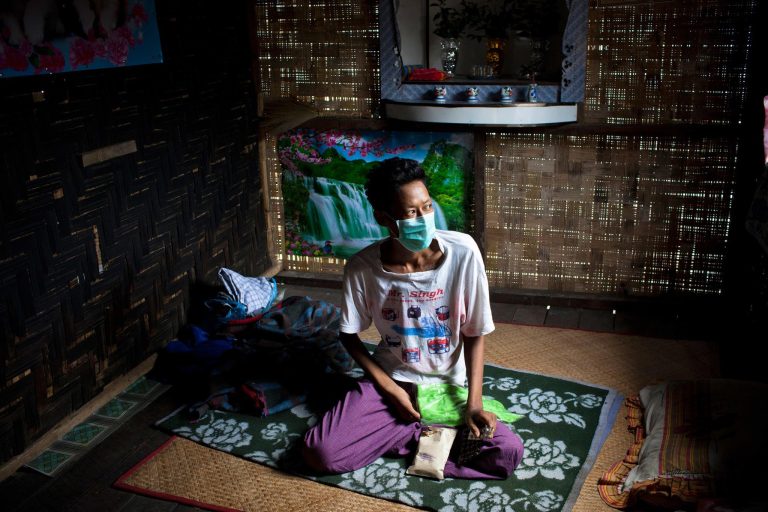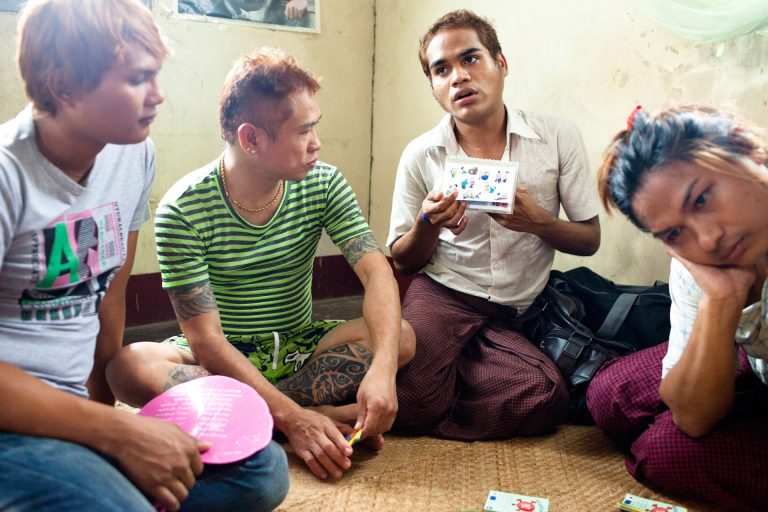In the state of Kachin, Médecins du Monde works with people who use drugs, particularly affected by infectious diseases. On some sites, more than half of the people who inject drugs are HIV-positive, and 70% of them also have hepatitis C.
Because of the coup d’état and the Covid-19 pandemic, Médecins du Monde had to adjust their medical and prevention activities to ensure the safety of its teams, of the peer workers but also of the people using the services. The organisation works in 90 sites divided in three Townships, as well as outreach activities, supported by a network of 116 peer workers.
In 2021, this mobile and community-based model made it possible for 7,500 people who inject drugs to still have access to prevention and harm reduction services. This is how Médecins du Monde’s teams had the main goal of ensuring the continuity of essential medical services for the key populations, by maintaining screenings, HIV treatment and advice, vaccination against hepatitis B, screening of hepatitis C and even providing access to methadone substitution treatment. Prevention and harm reduction kits were also given out such as condoms, sterile syringe, water, alcohol swabs.
In the second semester of 2021, Médecins du Monde started developing a pilot project in Kachin on amphetamine-type stimulants, the second most used drug after cannabis. The goal is to reinforce the ability of people who use stimulants to create and promote access to harm reduction services adapted to their needs. In July 2021, the organisation led an exploratory mission in Kachin to meet the people who use drugs and analyse their needs, but also to discuss potential future partnerships with local organisations and work together to draft a roadmap. It is essential to build this project together with the people who use stimulants as well as the local organisations to ensure a lasting appropriation of activities and adapted services.










